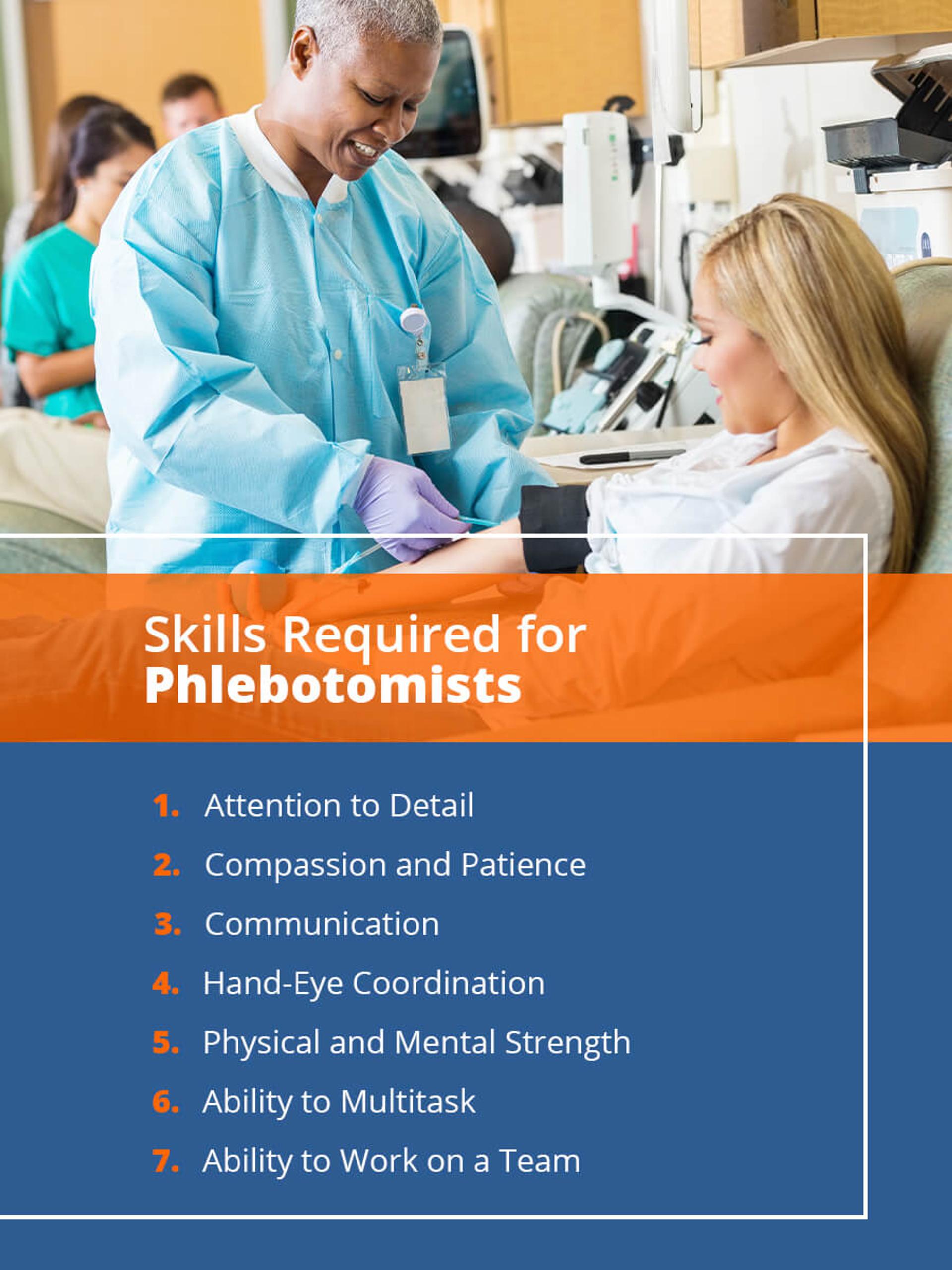Northeast Medical Institute - New Haven Campus Phlebotomy Course & Cna Class Fundamentals Explained
Northeast Medical Institute - New Haven Campus Phlebotomy Course & Cna Class Fundamentals Explained
Blog Article
Unknown Facts About Northeast Medical Institute - New Haven Campus Phlebotomy Course & Cna Class
Table of ContentsNot known Factual Statements About Northeast Medical Institute - New Haven Campus Phlebotomy Course & Cna Class The Main Principles Of Northeast Medical Institute - New Haven Campus Phlebotomy Course & Cna Class All About Northeast Medical Institute - New Haven Campus Phlebotomy Course & Cna ClassHow Northeast Medical Institute - New Haven Campus Phlebotomy Course & Cna Class can Save You Time, Stress, and Money.Examine This Report on Northeast Medical Institute - New Haven Campus Phlebotomy Course & Cna ClassRumored Buzz on Northeast Medical Institute - New Haven Campus Phlebotomy Course & Cna Class
The use of such gadgets need to be accompanied by various other infection avoidance and control practices, and training in their usage.For setups with low resources, price is a driving element in purchase of safety-engineered devices. Where safety-engineered tools are not readily available, knowledgeable usage of a needle and syringe is appropriate.
labelling); transportation problems; analysis of results for medical monitoring. In an outpatient department or facility, offer a devoted phlebotomy work area containing: a tidy surface area with two chairs (one for the phlebotomist and the other for the patient); a hand clean basin with soap, running water and paper towels; alcohol hand rub. In the blood-sampling room for an outpatient department or facility, offer a comfy reclining couch with an arm rest.
Northeast Medical Institute - New Haven Campus Phlebotomy Course & Cna Class Can Be Fun For Anyone
Ensure that the signs for blood tasting are clearly defined, either in a written procedure or in documented instructions (e.g. in a research laboratory type). Accumulate all the devices needed for the procedure and area it within risk-free and easy reach on a tray or trolley, guaranteeing that all the products are clearly noticeable.
Present yourself to the patient, and ask the individual to specify their full name. Inspect that the lab form matches the individual's identity (i.e. match the person's details with the research laboratory form, to make certain precise identification).
Make the individual comfortable in a supine setting (when possible). Location a clean paper or towel under the person's arm. Go over the test to be executed (see Annex F) and get verbal permission. The patient has a right to refuse an examination at any type of time prior to the blood sampling, so it is very important to guarantee that the person has comprehended the treatment.
Excitement About Northeast Medical Institute - New Haven Campus Phlebotomy Course & Cna Class
Prolong the individual's arm and check the antecubital fossa or lower arm. Situate a blood vessel of an excellent dimension that shows up, straight and clear. The layout in Section 2.3, shows common positions of the vessels, but numerous variants are possible. The median cubital capillary lies between muscle mass and is usually the most easy to pierce.
DO NOT insert the needle where capillaries are drawing away, since this increases the possibility of a haematoma. The vein needs to be noticeable without applying the tourniquet. Situating the capillary will read the full info here certainly help in establishing the right dimension of needle. Apply the tourniquet regarding 45 finger sizes above the venepuncture site and re-examine the vein.
Specimens from central lines carry a threat of contamination or incorrect research laboratory examination outcomes. It is acceptable, yet not optimal, to draw blood samplings when initial introducing an in-dwelling venous gadget, prior to linking the cannula to the intravenous fluids.
All about Northeast Medical Institute - New Haven Campus Phlebotomy Course & Cna Class
Allow the location to completely dry. Failing to allow sufficient get in touch with time raises the danger of contamination. DO NOT touch the cleansed site; particularly, DO NOT position a finger over the capillary to direct the shaft of the exposed needle. It the website is touched, repeat the disinfection. Carry out venepuncture as complies with.
Ask the person to form a clenched fist so the blood vessels are much more noticeable. Enter the capillary quickly at a 30 level angle or much less, and remain to present the needle along the vein at the simplest angle of entry - Phlebotomy Courses. When enough blood has been accumulated, launch the tourniquet BEFORE taking out the needle
Some Known Details About Northeast Medical Institute - New Haven Campus Phlebotomy Course & Cna Class
Withdraw the needle carefully and apply gentle stress to the site with a clean gauze or dry cotton-wool round. Ask the individual to hold the gauze or cotton wool in position, with the arm extended and elevated. Ask the client NOT to bend the arm, because doing so creates a haematoma.

Some Ideas on Northeast Medical Institute - New Haven Campus Phlebotomy Course & Cna Class You Need To Know
Do not press the syringe plunger because added stress enhances the danger of haemolysis. Where feasible, keep the tubes in a rack and move the shelf towards you. Infuse downwards right into the suitable coloured stopper. DO NOT remove the stopper due to the fact that it will certainly launch the vacuum cleaner. If the example tube does not have a rubber stopper, inject incredibly slowly into the tube as lessening the stress and speed made use of to transfer the sampling minimizes the risk of haemolysis.

Report this page